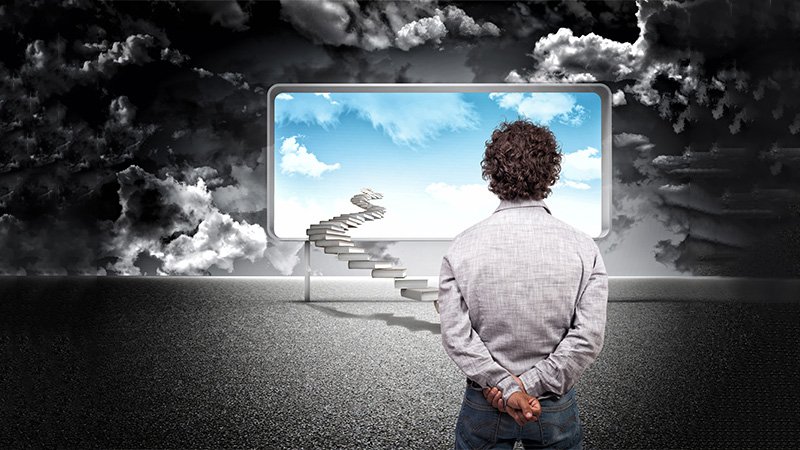Large brands, as cultural phenomena, provide valid clues for where education will need to arrive as an end-point, and not because it is an ideal, but because it will be an expectation driven by other consumer experience.
Not familiar with the idea of the Age of Experience? With the rise of Amazon, Google, Apple, Facebook, and Microsoft battling for collections of devotees, big business has entered a level of branding and product that is self-evidently called “Experience.”
Disney is the high watermark brand of this concept. If you’ve been to Disneyland, you’ve had an experience. If you’ve joined Amazon Prime, you know that they will send you emails at midnight to see if you will rate one of the movies you just streamed off their site. Facebook sends those nifty anniversary videos to keep engagement at a high whine, capturing attention to capture everything else you do. Starbucks is a prime “experience brand” with all the theatre of making a cup of coffee individualized.
This is no different than the computer-tablet revolution, which happened first to shift consumer culture. As industry filed in behind it to offer more technical benefits, it delivered even greater social functionality, which in turn shifted culture again to expectations of things like same-day grocery order delivery and more, which in turn shifted industry, and so on.
Education will need to continue to shift to provide personal value, as judged by the individual person. The only way to do this is to make it a self-determined and experiential thing, being self-determined through the vast possibilities that exist, while also taking care of students to reach minimal goals of reading, writing, mathematics, science, and social studies.
Attaining this experiential level within education will be above what is considered typical school “design” into best-of-breed brand. This is the difference between a local community college’s cache and the Ivy League schools' already.
Attaining this through technology interface woven in with human interaction is a high art, so the Age of Experience is above design and into a more artistic rendering of the attainment of knowledge as a service.
It will have to be aesthetic, even fun.
Schools and districts will know they have reached the Age of Experience when they find themselves considering the depth of individualizations they can do. Right now, individualization, a.k.a. “personalization” by most teachers, is the art of mildly adapting the same whole group lesson so that the slower student gets remediation to catch up, or that fast-Johnny gets to go play more math games online, or other educational leisure activity, because he has already finished everything.
No, this is not true individualization and continues the inequity we have in schools nationwide.
The art of real-life activity, things that draw out collaboration and communication between students locally and with like-minded others globally, will be the customization that schools must achieve and then promote as their new era, marketable brand.
The structure of education upon arrival by any institution to this loosely-defined end-point is in question—no one can say what it will truly look like. There is no doubt, though, the function will have been modified. It may also be a disaggregated model. Already Mathnasium has opened 750 retail stores to teach kids math. They have focused in on just math to create a quality business. They are selling more than math, though, they are selling the experience of success, typically in a bright and commercial-like space, with a high service mentality, and totally customized.
Since form typically follows function, we have some interesting years ahead for all teachers and administrators to adapt through before arriving in the Age of Experience.











